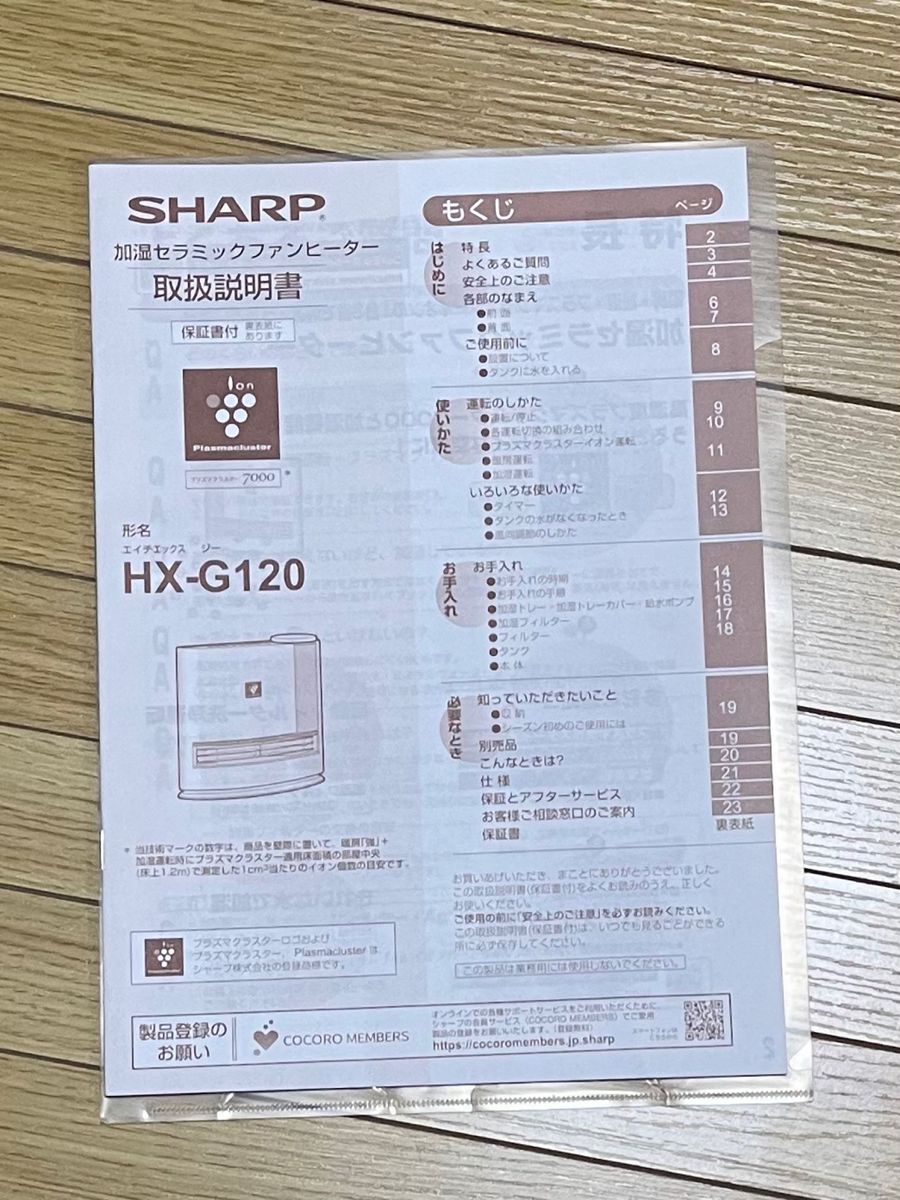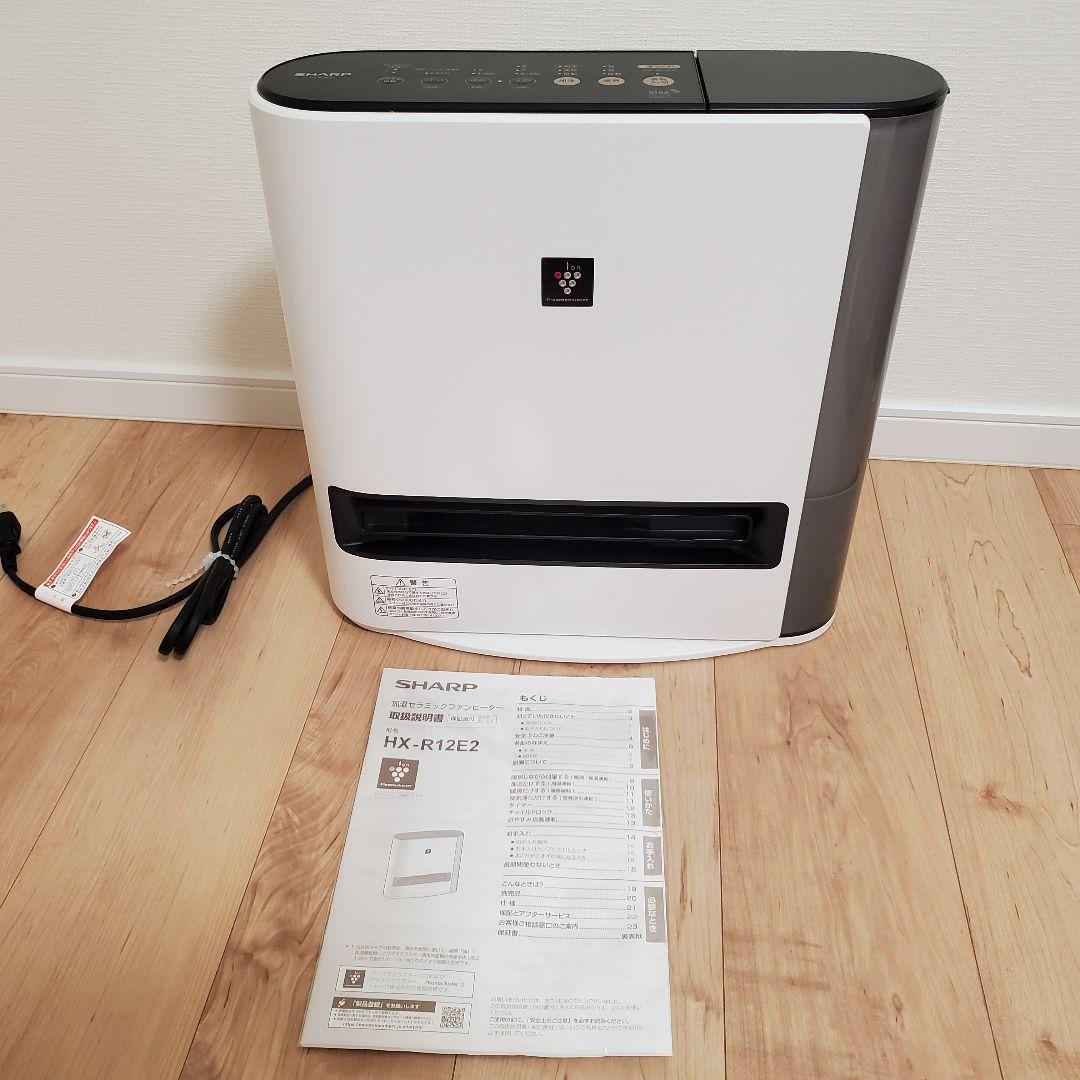
新入荷
再入荷
SHARP 加湿セラミックファンヒーター2021年度製 説明書付き
 タイムセール
タイムセール
終了まで
00
00
00
999円以上お買上げで送料無料(※)
999円以上お買上げで代引き手数料無料
999円以上お買上げで代引き手数料無料
通販と店舗では販売価格や税表示が異なる場合がございます。また店頭ではすでに品切れの場合もございます。予めご了承ください。
商品詳細情報
| 管理番号 |
新品 :1653314791
中古 :1653314791-1 |
メーカー | b134ee13c531f5 | 発売日 | 2025-03-31 10:32 | 定価 | 7250円 | ||
|---|---|---|---|---|---|---|---|---|---|
| カテゴリ | |||||||||
SHARP 加湿セラミックファンヒーター2021年度製 説明書付き
 楽天市場】セラミックヒーター SHARP シャープ 加湿機能付き 高濃度プラズマクラスター7000搭載 プレミアムホワイト HX-TK12-W【/srm】【KK9N0D18P】 : ウルトラぎおん楽天市場店,
楽天市場】セラミックヒーター SHARP シャープ 加湿機能付き 高濃度プラズマクラスター7000搭載 プレミアムホワイト HX-TK12-W【/srm】【KK9N0D18P】 : ウルトラぎおん楽天市場店, SHARP セラミックファンヒーター HXG120取扱説明書付|Yahoo!フリマ(旧PayPayフリマ),
SHARP セラミックファンヒーター HXG120取扱説明書付|Yahoo!フリマ(旧PayPayフリマ), HX-RK12 | プラズマクラスター電気暖房機:シャープ,
HX-RK12 | プラズマクラスター電気暖房機:シャープ, SHARP 加湿セラミックファンヒーター HX-R12E2 加湿機能,
SHARP 加湿セラミックファンヒーター HX-R12E2 加湿機能, SHARP 加湿セラミックファンヒーター HX-TK12-T 2024年製 - メルカリ
SHARP 加湿セラミックファンヒーター HX-TK12-T 2024年製 - メルカリ



























